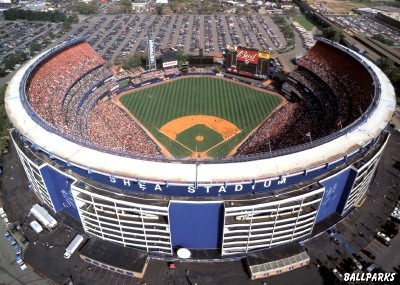(See also the following cartoon of the Amherst town manager posted on a local blog called Only in the Republic of Amherst. What are the criteria you would use to determine if this is libelous?)

Amherst Bulletin story with MP3 link.
Excerpt from story follows:
By Nick Grabbe
Staff Writer
and Andrew Horton
Staff Writer
Published on May 18, 2007
One elected official has accused another of threatening political retribution over a comment following last week's failed tax override vote.
Andrew Churchill, chairman of the Amherst School Committee, said a message on his answering machine from Select Board member Rob Kusner "crossed the line" and amounted to "bullying."
The override vote, which failed by 267 votes, would have provided more money for schools and town services. Following the vote, Churchill was quoted in Wednesday's Gazette as saying, "Now what? We have no money, we have no plan, and we have no leadership."
--Hear an mp3 recording of the phone call from Selectman Rob Kusner to School Committee Chairman Andrew Churchill. (Click the link to listen, or right-click to download and save the file.)
Kusner, who like Churchill supported the override, called him at 8:30 a.m. Wednesday. Kusner left a voice message saying he was "disappointed" by Churchill's "divisive" comment, adding that "I provided the kind of leadership to try to reach out to those people on the fence."
"And I expect you, if you'd like to continue in your role in Amherst government, to talk to the press and to thank me publicly for my support for it," Kusner said. He added, "Because I think there are other things that are going on now behind the scenes that could have a major effect on the School Committee."
Churchill, who transcribed Kusner's message, called it "at best ego-driven and at worst anti-democratic."
"I really don't see this as being about me," he said. "It's about having standards of acceptable behavior for town leaders, and about protecting the authority and autonomy of the School Committee."
When Churchill made the "leadership" comment, he was speaking generally and Kusner took it personally, he said.
Asked whether he had left the message on Churchill's answering machine, Kusner said that he vaguely remembers calling Churchill early the morning after the override.
But regarding any political threat, Kusner said his comments were taken out of context by Churchill. Kusner said he initially called to vent his frustration with Churchill's disparaging comments and to thank him for his support in the override, not to threaten him. Continued...



